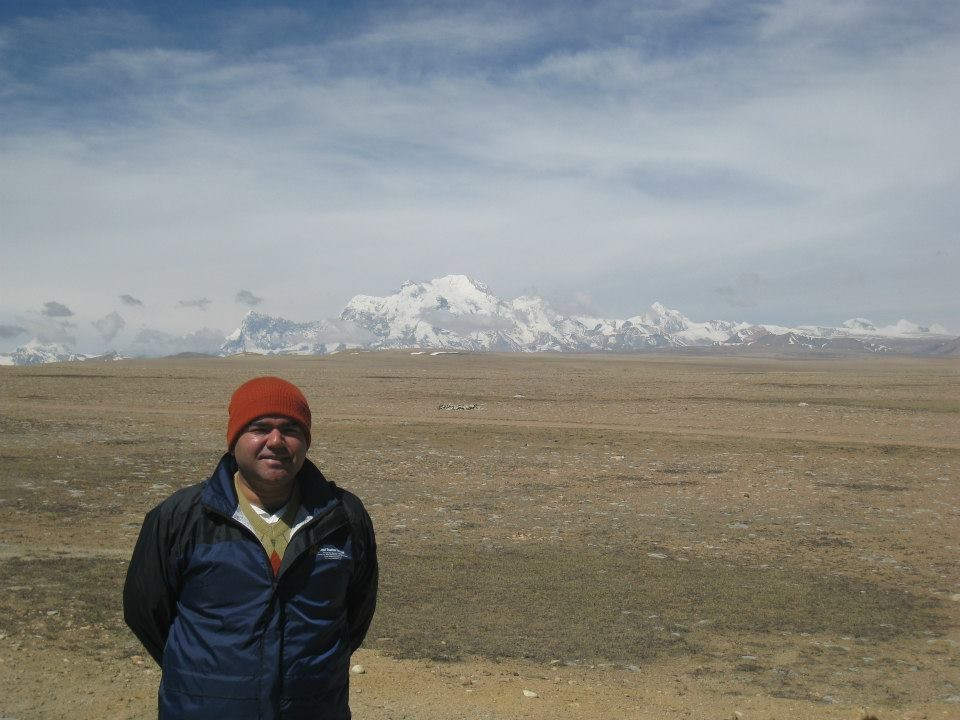India is a diverse country brimming with numerous and unique languages, traditions and cultures. Giving all of this diversity at home is India’s variegated landscape, ranging from scenic deserts to serene bays to majestic mountains, all adding glory to the Indian panorama in their own ways. The Great Himalayan mountain range possesses some of the highest peaks in India and is also the birthplace of many mighty rivers including the Ganges and Brahmaputra. The air there might be thin and reaching the summit can be quiet a task but the effort is absolutely worth the experience.
People are finally opening up to the idea of climbing up a mountain and enjoying it. It’s true when they say the view from up there is worth the uphill struggle. The serene atmosphere in the mountains with no signs of commercialisation is pretty jolting and one finds their inner peace and stability amongst mother nature. The eight great mountain ranges of India are home to some of the tallest peaks in the world. Kangchenjunga and Nanda Devi are the two highest peaks of the Himalayan range under the Indian territory. These magnificent Indian mountain ranges help in managing the temperature, wind, and rainfall in the country and are also home to a wide range of flora and fauna.
The Alps, snaking through a major part of Europe are extremely accessible but this inevitably leads to commercialisation. One would find that the element of pristine wilderness is lost, which in India’s case is almost entirely intact. The Himalayas are the world’s youngest mountains but are home to the world’s oldest cultures. Our mountain ranges are mostly uninhabited and the tribes who live around the peaks have preserved their culture so well that it only adds to a magical experience of its own. There is a lot of hardware lying around the Alps – apart from the cable-cars and the cafes there is a lot of aid to climbers and ramblers lying around. On the Mt Blanc range, one would be able to see lots of rusty old ladders and one may find that in popular climbing areas, the rock is covered in bolts for ‘sport climbing’. It is good to see people enjoying the environment in safety, but the sense of isolation that one is engulfed by in the Himalayas is something that can’t be found anywhere else. It’s an out of this world experience and there are quite a few people who can vouch for it.
The Government of India has opened 137 mountain peaks for foreigners who are hoping to obtain Mountaineering Visa (‘MX’) for mountaineering and trekking. These peaks are located in the States of Jammu and Kashmir, Himachal Pradesh, Uttarakhand, and Sikkim. The Government has been trying to increase the accessibility of the peaks and provide tourists with vivid and mesmerising adventures. It is a huge and momentous step by the government in opening up better avenues in the field of adventure tourism.
Better facilities, easier accessibility and transportation, and hassle-free tourist procedures can turn this step into a leap. The hospitality industry should stretch its arms towards the remote areas and provide more tourist-friendly facilities.
India’s peaks are nature’s works of art and we should be glad we get to stride to the top of it. On the peak, looking out at the mesmerising wonders of nature lying right in front of our eyes and getting lost in them – it’s a one of a kind experience and an experience that is pretty underrated. It’s time we open our eyes to what we are missing out on.
Published in the monthly bulletin December 2019 issue of The Federation of Hotel and Restaurant Associations of India (FHRAI)


Leave A Comment